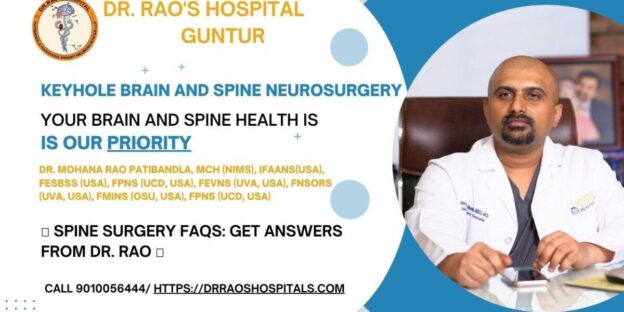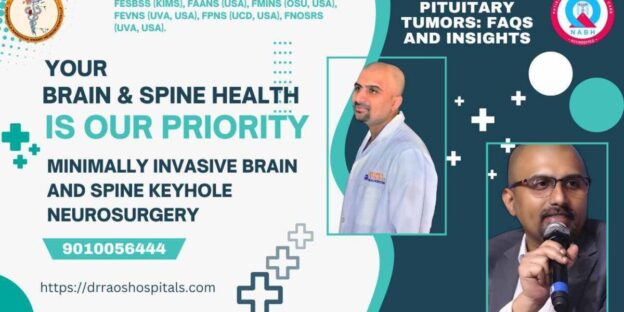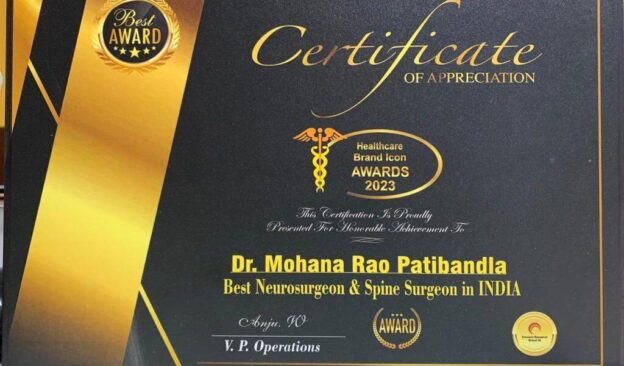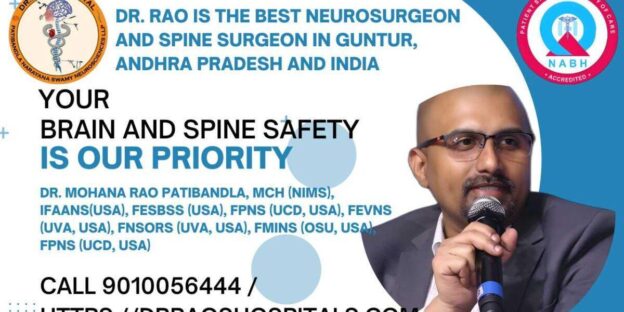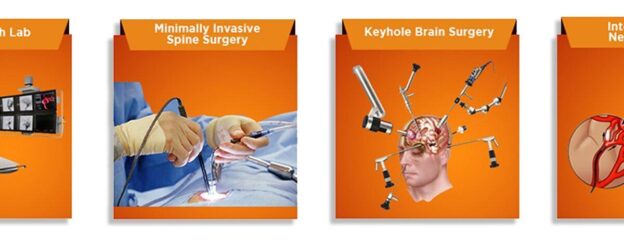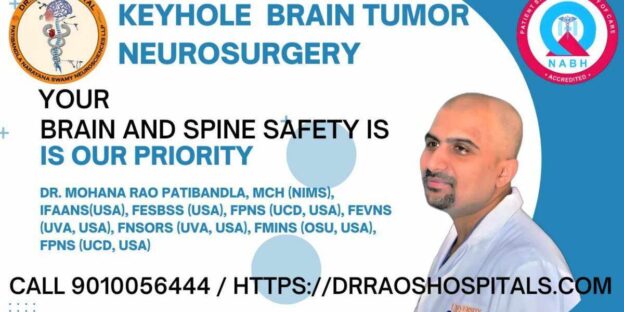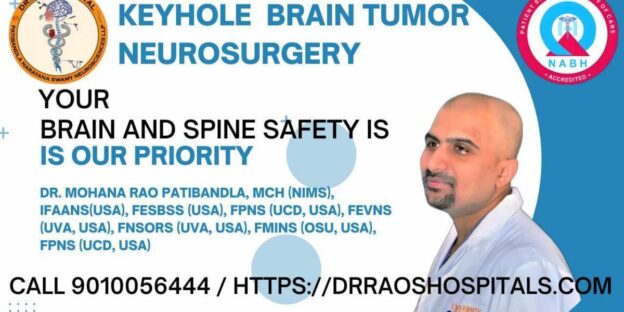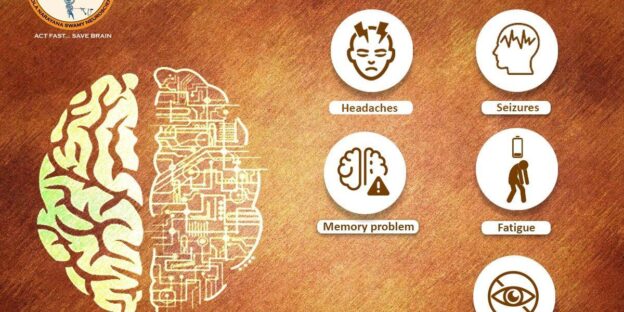Best Spine Doctor in India: Dr. Rao’s Hospital
Introduction
India boasts some of the world’s most highly skilled spine surgeons and advanced medical facilities. Dr. Rao’s Hospital in Guntur, Andhra Pradesh, stands out as a premier institution dedicated to providing exceptional spine care. Under the direction of the eminent Dr. Mohana Rao Patibandla, Dr. Rao’s Hospital has a stellar reputation for its cutting-edge technology, extensive treatment options, and patient-centered approach. This blog explores why Dr. Rao’s Hospital is considered one of the best for spine care in India. According to The Times of India coverage.
The expertise of Dr. Mohana Rao Patibandla, Best Spine Doctor India: Dr. Rao’s Hospital
Dr. Mohana Rao Patibandla is a distinguished spine surgeon with extensive training and experience in spine surgery. His qualifications and expertise include:
- Specialization in Neurosurgery: Nizam’s Institute of Medical Sciences, Hyderabad.
- Fellowships in Minimally Invasive Spine Surgery and Pediatric Neurosurgery: Various prestigious institutions in the USA, including Ohio and Virginia.
- Advanced Training in Spine and Neuro-oncology: Ensuring the ability to handle complex spine tumors and other conditions with precision and care.
Dr. Rao’s vast experience and continuous pursuit of excellence make him one of the best spine doctors in India.
Advanced Technology and Facilities
Dr. Rao’s Hospital has the state-of-the-art technology and infrastructure to perform complex spine surgeries. The hospital features:
- Minimally Invasive Spine Surgery (MISS): Techniques that reduce incision size, minimize tissue damage, and promote faster recovery.
- Intraoperative Neuro Monitoring (IONM): Ensures patient safety by continuously monitoring the nervous system during surgery.
- High-Resolution Imaging: Advanced MRI, CT, and PET scans facilitate accurate diagnosis and surgical planning.
- Robotic-Assisted Surgery: Enhances precision in complex spinal procedures, reducing the risk of complications and improving outcomes.
Comprehensive Spine Care
Dr. Rao’s Hospital offers various services to address various spinal conditions. The hospital specializes in:
- Degenerative Spine Disorders: Treating herniated discs, spinal stenosis, and degenerative disc disease.
- Spinal Tumors: Utilizing advanced techniques to remove tumors while preserving spinal stability and function.
- Spinal Deformities: Correcting conditions such as scoliosis and kyphosis with both traditional and minimally invasive approaches.
- Trauma and Fractures: Providing immediate and effective treatment for spinal injuries resulting from accidents.
- Pediatric Spine Surgery: Special care for children with congenital or acquired spinal conditions.
Patient-Centered Approach
At Dr. Rao’s Hospital, patient care goes beyond surgery. The hospital’s patient-centered approach includes:
- Comprehensive Pre-Operative and Post-Operative Care: Ensuring patients are well-prepared for surgery and supported throughout their recovery.
- Multidisciplinary Team: Collaborating with neurologists, radiologists, pain management specialists, and rehabilitation experts to provide holistic care.
- Personalized Treatment Plans: Tailoring treatment strategies to each patient’s specific needs, ensures the best possible outcomes.
Commitment to Research and Education
Dr. Rao’s Hospital is a center for clinical excellence and a hub for research and education. The hospital is committed to advancing the field of spine surgery through:
- Ongoing Research: Conducting clinical research to improve surgical techniques and patient care.
- Training and Mentorship: Offering training programs and fellowships to aspiring spine surgeons, contributing to the field’s growth.
Testimonials and Success Stories
The success stories of patients treated at Dr. Rao’s Hospital testify to the quality of care. Many patients have experienced life-changing improvements thanks to the expertise and dedication of Dr. Rao and his team. Testimonials from patients and their families highlight the hospital’s commitment to excellence and compassionate care.
Conclusion
Dr. Mohana Rao Patibandla is the founder and medical director of Dr. Rao’s Hospital, a spine care leader in India. The combination of advanced technology, a skilled surgical team, comprehensive care, and a patient-centered approach makes it one of the best spine surgery centers in the country. Whether dealing with complex spinal disorders, trauma, or pediatric spine conditions, Dr. Rao’s Hospital offers hope and healing to patients from all walks of life.
For more information or to book a consultation, visit Dr. Rao’s Hospital or call 090100 56444.

